Claude and Lydia Bourguignon are two well-known microbiologists who work as consultants worldwide. They advise wine producers and other farmers on all aspects of the soil. They analyse the soil, measure the microbiological activity, make recommendations about rootstocks, grape varieties, plant density, cover crops, fertilizers and so on. Their home base is northern Burgundy and their laboratory called LAMS (Laboratoire Analyses Microbiologiques Sols).
I meet Claude and Lydia out in the Cahors vineyards during the “Cahors Malbec Days” in June. They are both down in a nearly two meter deep hole dug out between the rows of vines. “We want to show you what the soil looks like down here” says Lydia. “It’s not really the top layer that is interesting but the deeper subsoil. This is where the vines get necessary nourishment and minerals. The subsoil is very important for the vine and very complex but it is like an unknown continent. There is still a lot of research to be made.”
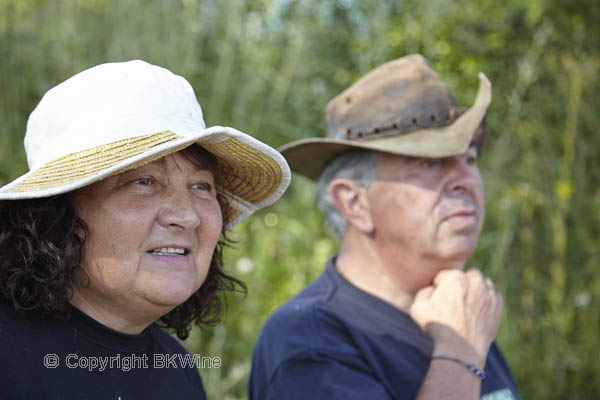
Different soils are suited to different grape varieties. Therefore, you should always study the soil before planting, says Claude. “Here in Cahors, where we stand right now, the grape Malbec has thrived for hundreds of years.” He takes a handful of soil and explains: “This is kimmeridge from the Jurassic time, a fairly soft stone. In the vineyard this is mixed with quartz and pebbles from the river Lot. This is an acidic soil, rather than calcareous. But there will be more and more limestone further down. It is important to keep this in mind when choosing the rootstock.”
One concern here in Cahors, and in many other places in the south of France, is heat and drought in summer. That is why it is so important to have vines with long roots, says Claude. “The vine suffers from drought but down in the subsoil the temperature is constant, so if the roots go there they will find coolness. But it is also important for the character of the wines. ”
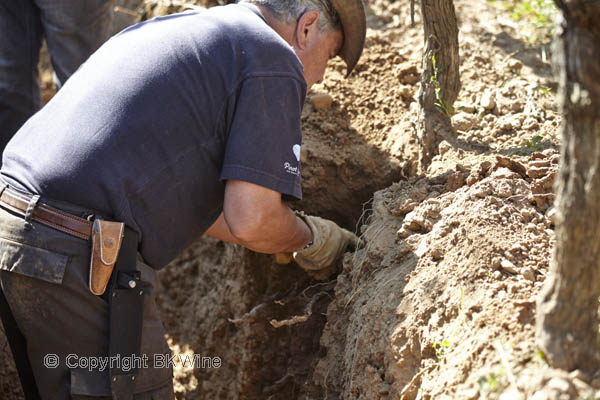
“The longer the roots, the more minerals are extracted from the limestone. As the limestone originated from sea this can be felt in the wine as a kind of salty finish.” He admits that it is difficult to scientifically prove where this minerality we can feel in a wine comes from. He himself is convinced that it is due to the long roots. “Minerality is an imprint of the soil but it is impossible to measure.”
“It is empirical, not scientific,” he says. “We feel it in the taste of the wine in the mouth. We have tried so many wines made from vines with horizontal roots, where the roots stop at the surface due to herbicides and fertilizers. With those wines, you cannot distinguish between different terroirs.”
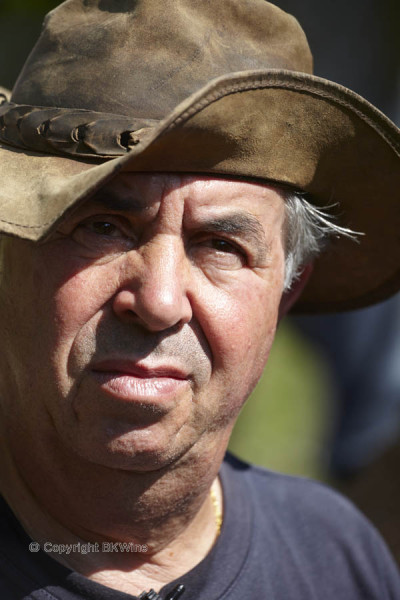
Claude recommends that you plough only on the surface, maybe down to 20 centimetres. That way you destroy the superficial roots, which is good, while retaining the deep ones. And besides, you do not disturb the microscopically small wildlife down in the subsoil. The earthworms, says Lydia, they keep the soil airy. It is important to make it easier for the roots by making sure that the soil is kept porous, “like couscous,” said Claude.
Claude and Lydia advocates organic farming. It was Claude who in the 1980s said the now famous words “the soil in the Sahara has more life than the one in Burgundy.” And he figures it deserves to be repeated. “We have destroyed the soil during the last 50 years with pesticides that allows the vine roots to stay on the surface. This way there will be no terroir wine.”
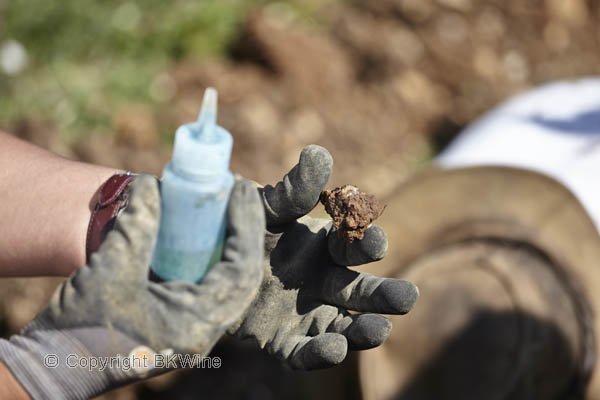
Another key issue for Claude and Lydia is the grass in the vineyard. We see it more and more, not just in organic vineyards. “It is important to let the grass grow in the vineyard,” says Lydia. “With the grass the vines get competition for water and nutrients and because of that the roots are forced to find their way down to the subsoil.” If the producer thinks the grass competes too much with his vines, a lower planting density would be better than to forgo grass. But ideally, she says, you should have both high plant density and grass growing. “A great terroir can do it. Even if you do not have to go to excesses like 50,000 vines per hectare as some vineyards in Champagne had in the old days.”
More on Cahors on BKWine Magazine.
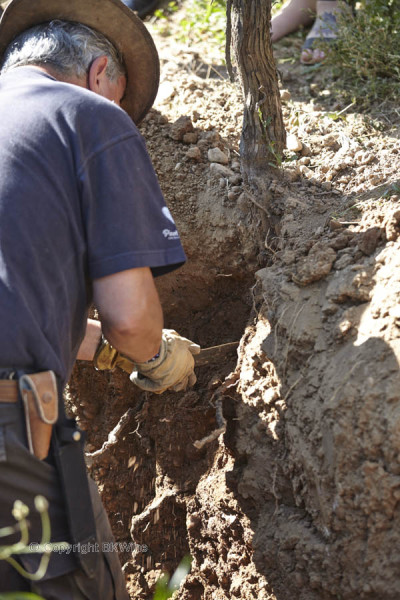



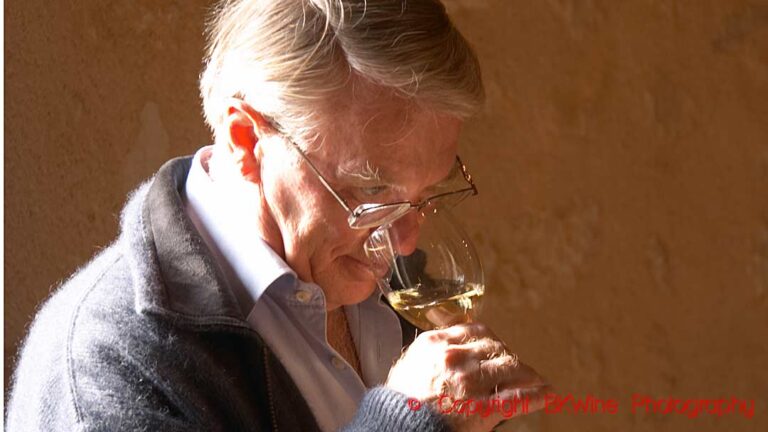
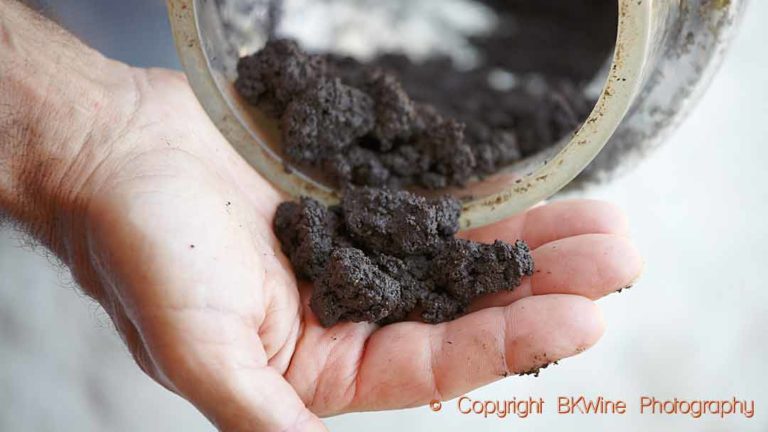
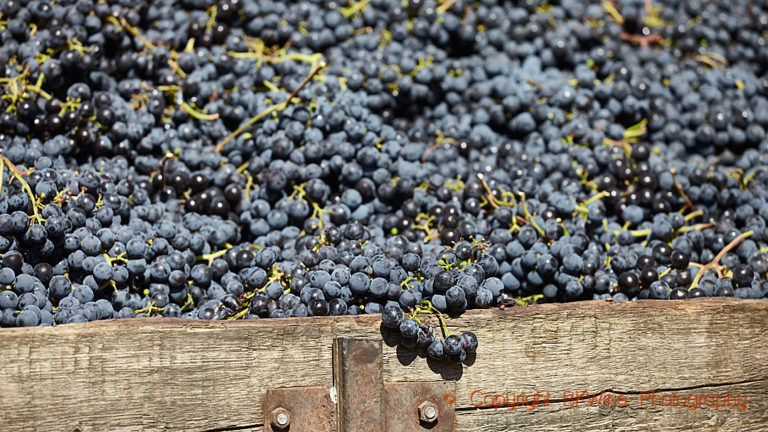





2 Responses